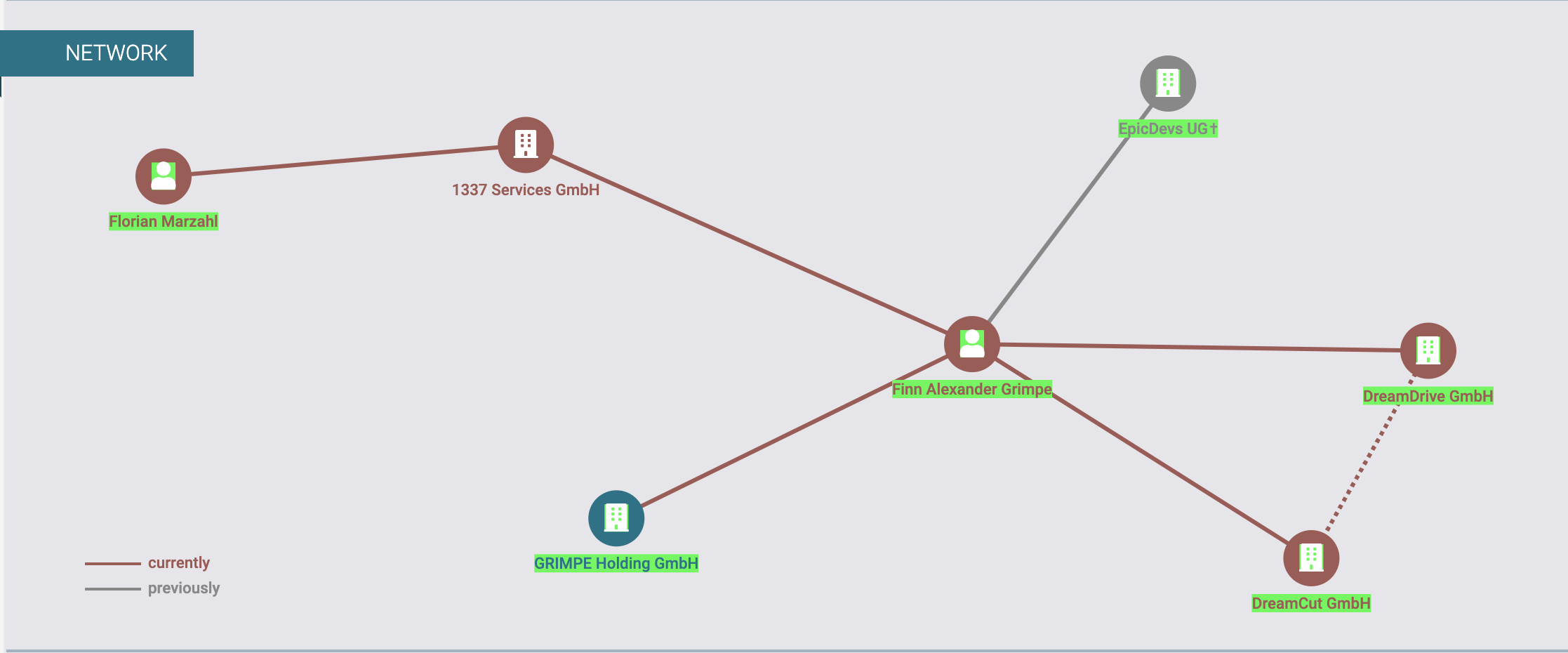Simplest ETL: Data Engineering
Task Overview Extract: Read data from a CSV file. Transform: Clean and process the data (e.g., filter rows, modify columns). Load: Insert the transformed data into a SQLite database. Code Example # Step 1: Import necessary libraries import pandas as pd # For data manipulation import sqlite3 # For interacting with SQLite databases # Step 2: Extract - Load data from a CSV file def extract_data(file_path): """ Reads data from a CSV file into a Pandas DataFrame. """ df = pd.read_csv(file_path) # Read the CSV file return df # Step 3: Transform - Clean and process the data def transform_data(df): """ Cleans and transforms the data. """ # Drop rows with missing values df = df.dropna() # Convert a column to uppercase (example transformation) df['name'] = df['name'].str.upper() # Filter rows where 'age' is greater than 18 df = df[df['age'] > 18] return df # Step 4: Load - Insert data into a SQLite database def load_data(df, db_path, table_name): """ Loads the transformed data into a SQLite database. """ # Connect to the SQLite database (creates it if it doesn't exist) conn = sqlite3.connect(db_path) # Insert the DataFrame into the database as a table df.to_sql(table_name, conn, if_exists='replace', index=False) # Close the database connection conn.close() # Step 5: Main function to orchestrate the ETL process def main(): # Define file paths input_file = 'data.csv' # Path to the input CSV file db_file = 'example.db' # Path to the SQLite database table_name = 'users' # Name of the table to create # Step 1: Extract print("Extracting data...") data = extract_data(input_file) # Step 2: Transform print("Transforming data...") transformed_data = transform_data(data) # Step 3: Load print("Loading data into the database...") load_data(transformed_data, db_file, table_name) print("ETL process completed successfully!") # Run the main function if __name__ == "__main__": main() Explanation of Each Line Step 1: Import Libraries import pandas as pd import sqlite3 pandas: A powerful library for data manipulation and analysis. It provides the DataFrame object, which is ideal for handling tabular data. sqlite3: A built-in Python library for interacting with SQLite databases. Step 2: Extract Data def extract_data(file_path): df = pd.read_csv(file_path) return df pd.read_csv(file_path): Reads the CSV file into a Pandas DataFrame. The file_path is the location of the CSV file. The function returns the DataFrame containing the raw data. Step 3: Transform Data def transform_data(df): df = df.dropna() df['name'] = df['name'].str.upper() df = df[df['age'] > 18] return df df.dropna(): Removes rows with missing values (NaN). df['name'].str.upper(): Converts the name column to uppercase. df[df['age'] > 18]: Filters rows where the age column is greater than 18. The function returns the cleaned and transformed DataFrame. Step 4: Load Data def load_data(df, db_path, table_name): conn = sqlite3.connect(db_path) df.to_sql(table_name, conn, if_exists='replace', index=False) conn.close() sqlite3.connect(db_path): Connects to the SQLite database. If the database doesn't exist, it creates one. df.to_sql(table_name, conn, if_exists='replace', index=False): Inserts the DataFrame into the database as a table. table_name: Name of the table to create. if_exists='replace': Replaces the table if it already exists. index=False: Prevents Pandas from writing row indices to the database. conn.close(): Closes the database connection. Step 5: Main Function def main(): input_file = 'data.csv' db_file = 'example.db' table_name = 'users' print("Extracting data...") data = extract_data(input_file) print("Transforming data...") transformed_data = transform_data(data) print("Loading data into the database...") load_data(transformed_data, db_file, table_name) print("ETL process completed successfully!") Orchestrates the ETL process by calling the extract_data, transform_data, and load_data functions. Prints progress messages to the console. Run the Script if __name__ == "__main__": main() Ensures the main() function runs only when the script is executed directly (not when imported as a module). Sample Input (data.csv) name,age,email Alice,25,alice@example.com Bob,17,bob@example.com Charlie,30,charlie@example.com Diana,,diana@example.com Output A SQLite database (example.db) is created with a table named users. The table contains the following data: NAME AGE EMAIL ALICE 25 alice@example.com CHARLIE 30 charlie@

Task Overview
- Extract: Read data from a CSV file.
- Transform: Clean and process the data (e.g., filter rows, modify columns).
- Load: Insert the transformed data into a SQLite database.
Code Example
# Step 1: Import necessary libraries
import pandas as pd # For data manipulation
import sqlite3 # For interacting with SQLite databases
# Step 2: Extract - Load data from a CSV file
def extract_data(file_path):
"""
Reads data from a CSV file into a Pandas DataFrame.
"""
df = pd.read_csv(file_path) # Read the CSV file
return df
# Step 3: Transform - Clean and process the data
def transform_data(df):
"""
Cleans and transforms the data.
"""
# Drop rows with missing values
df = df.dropna()
# Convert a column to uppercase (example transformation)
df['name'] = df['name'].str.upper()
# Filter rows where 'age' is greater than 18
df = df[df['age'] > 18]
return df
# Step 4: Load - Insert data into a SQLite database
def load_data(df, db_path, table_name):
"""
Loads the transformed data into a SQLite database.
"""
# Connect to the SQLite database (creates it if it doesn't exist)
conn = sqlite3.connect(db_path)
# Insert the DataFrame into the database as a table
df.to_sql(table_name, conn, if_exists='replace', index=False)
# Close the database connection
conn.close()
# Step 5: Main function to orchestrate the ETL process
def main():
# Define file paths
input_file = 'data.csv' # Path to the input CSV file
db_file = 'example.db' # Path to the SQLite database
table_name = 'users' # Name of the table to create
# Step 1: Extract
print("Extracting data...")
data = extract_data(input_file)
# Step 2: Transform
print("Transforming data...")
transformed_data = transform_data(data)
# Step 3: Load
print("Loading data into the database...")
load_data(transformed_data, db_file, table_name)
print("ETL process completed successfully!")
# Run the main function
if __name__ == "__main__":
main()
Explanation of Each Line
Step 1: Import Libraries
import pandas as pd
import sqlite3
-
pandas: A powerful library for data manipulation and analysis. It provides theDataFrameobject, which is ideal for handling tabular data. -
sqlite3: A built-in Python library for interacting with SQLite databases.
Step 2: Extract Data
def extract_data(file_path):
df = pd.read_csv(file_path)
return df
-
pd.read_csv(file_path): Reads the CSV file into a Pandas DataFrame. Thefile_pathis the location of the CSV file. - The function returns the DataFrame containing the raw data.
Step 3: Transform Data
def transform_data(df):
df = df.dropna()
df['name'] = df['name'].str.upper()
df = df[df['age'] > 18]
return df
-
df.dropna(): Removes rows with missing values (NaN). -
df['name'].str.upper(): Converts thenamecolumn to uppercase. -
df[df['age'] > 18]: Filters rows where theagecolumn is greater than 18. - The function returns the cleaned and transformed DataFrame.
Step 4: Load Data
def load_data(df, db_path, table_name):
conn = sqlite3.connect(db_path)
df.to_sql(table_name, conn, if_exists='replace', index=False)
conn.close()
-
sqlite3.connect(db_path): Connects to the SQLite database. If the database doesn't exist, it creates one. -
df.to_sql(table_name, conn, if_exists='replace', index=False): Inserts the DataFrame into the database as a table.-
table_name: Name of the table to create. -
if_exists='replace': Replaces the table if it already exists. -
index=False: Prevents Pandas from writing row indices to the database.
-
-
conn.close(): Closes the database connection.
Step 5: Main Function
def main():
input_file = 'data.csv'
db_file = 'example.db'
table_name = 'users'
print("Extracting data...")
data = extract_data(input_file)
print("Transforming data...")
transformed_data = transform_data(data)
print("Loading data into the database...")
load_data(transformed_data, db_file, table_name)
print("ETL process completed successfully!")
- Orchestrates the ETL process by calling the
extract_data,transform_data, andload_datafunctions. - Prints progress messages to the console.
Run the Script
if __name__ == "__main__":
main()
- Ensures the
main()function runs only when the script is executed directly (not when imported as a module).
Sample Input (data.csv)
name,age,email
Alice,25,alice@example.com
Bob,17,bob@example.com
Charlie,30,charlie@example.com
Diana,,diana@example.com
Output
- A SQLite database (
example.db) is created with a table namedusers. - The table contains the following data:
NAME AGE EMAIL
ALICE 25 alice@example.com
CHARLIE 30 charlie@example.com
Key Concepts Learned
- ETL (Extract, Transform, Load): A fundamental process in data engineering.
- Pandas: A library for data manipulation.
- SQLite: A lightweight database for storing data.
- Data Cleaning: Handling missing values and filtering rows.
- Data Transformation: Modifying columns (e.g., converting to uppercase).













































































